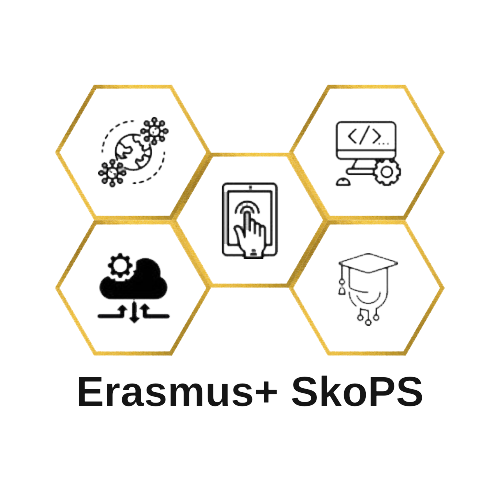Course Description
This course provides a broad introduction to modern, approved, and most favorable Machine Learning (ML) approaches, their obstacles, and ways of tackling them. It helps you empower computers to learn and discover relationships on data. During this course, you will learn how to create ML models and modify their parameters by applying ML Algorithms to some given data to reach an objective. Furthermore, you will not only learn what the theoretical ideas behind Machine Learning Algorithms are, but also gain hands-on experience by implementing these algorithms on real-world problems.
For the theoretical part, we plan to address the Basics of ML, Supervised and Unsupervised learning algorithms and methods, ML challenges, and ways of dealing with them. Moreover, This course covers computational learning theory which gives you mathematical insights, enabling you to conduct novel and innovative approaches for evaluating ML Algorithms. To present these topics, PowerPoint slides mixed with some further video tutorials from the web are offered. In addition, to educate you practically we have designed many virtual laboratories and hands-on projects that concentrate on applications of ML. Real-world problems are presented with given datasets and you are asked to design a model for learning with ML techniques. Finally, you should analyze your results and outputs.
This course is designed with a practical perspective for everyone with or without previous knowledge of Machine Learning. Whether you want to enhance your comprehension or escalate your critical thinking and problem-solving skills in the field of Machine Learning, this course would be an asset for you. Although you can use the course content if you are studying Computer Science, Mathematics, or any other related fields in bachelor or master degree or if you just want to learn ML technologies on a self-learning basis, you should be familiar with linear algebra, statistics, and Python Programming.
Students and participants of this course are expected to learn the basics of ML, theoretical concepts and algorithms of ML, ML obstacles, and how to design ML models. This leads them to be able to apply these techniques to master ML problems and initiate novel models and strategies on their own after finishing the course.
To escalate the outcome of the course, it evaluates and conducts a diverse range of materials and media including, video lectures, reading materials, quizzes, and Jupyter Notebooks.
